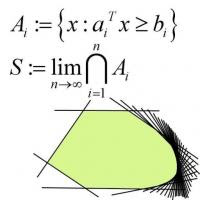There are as many kinds of queueing systems as one might imagine, but they do have one characteristic in common. Before stating it explicitly, let me introduce the M/M/1 queue, where interarrival times and service times are both distributed according to the exponential distribution, but with different parameters.
The M/M/1 queue is the first queue that engineers learn about, and the arrival rate (a) and the service rate (s) fully determine the behaviour of the queue. Now, the mean number of customers in the system at any given time is finite (i.e.: the queue length doesn't grow unboundedly with time) if and only if a < s, which is intuitive as you can't have a finite average queue length if arrivals come in faster than you can serve them. The mean waiting time is, in fact 1 / (s - a), which informs us that as demand rises and approaches service capacity, the mean waiting time in the queue grows very very fast. The analogy is clear.
It is clear that the public transport system is some form of queueing system with complicated behaviour. If we increase the vehicle population such that demand approaches capacity, we court disaster. The simple relation 1 / (s - a), does not hint at congestion being linear in demand, in fact the derivative of that expression with respect to demand gives us 1 / (s - a)2, which tells us that congestion growth accelerates at a frightening rate as we get close to capacity.
Emergency rooms in the USA formerly tried to match demand with capacity, but met with huge problems when demand surged. Now, they cater some additional capacity to deal with these surges.
I'm unsure why we continue overloading our road network, but the disaster that will befall us when demand reaches capacity will not come slowly and gradually. It will be like stepping off a cliff: sudden and spectacular. (Gridlock is, afterall, quite a sight.)
----
Afternote: I actually wrote this in response to a TOC article on the MRT network. Interestingly, the MRT network is not quite near capacity yet (in the queueing sense), so only a rather big increase in peak hour capacity will alleviate the crowding situation. The road network is what we need to watch out for. We need real engineers in charge of such systems. This is important.




No comments:
Post a Comment